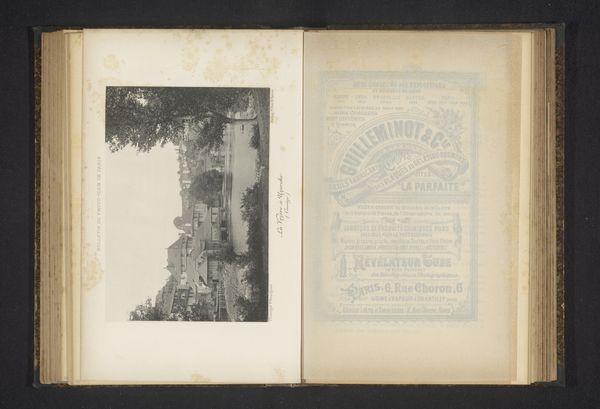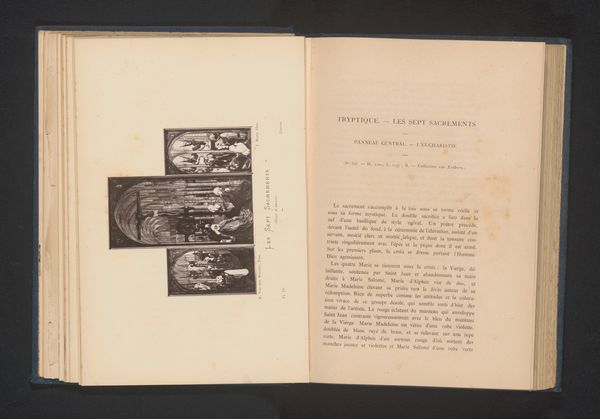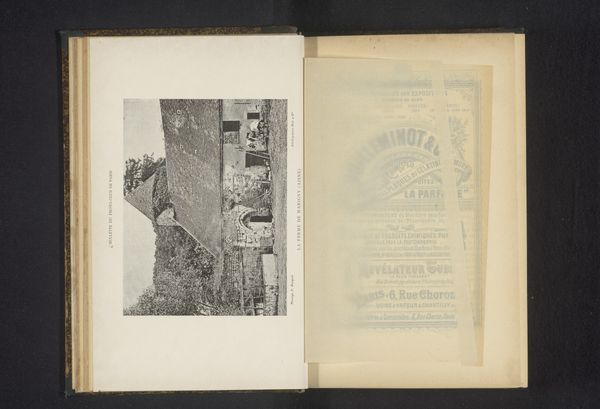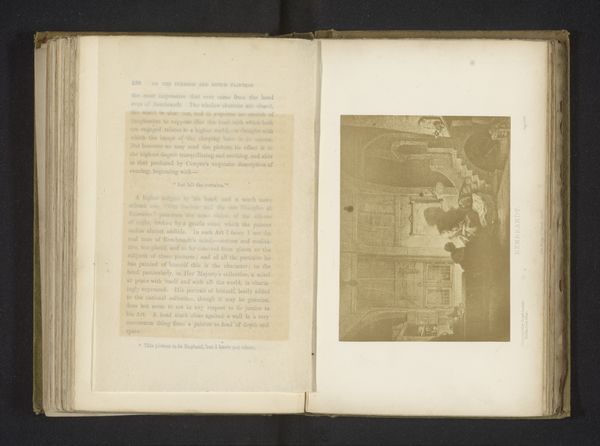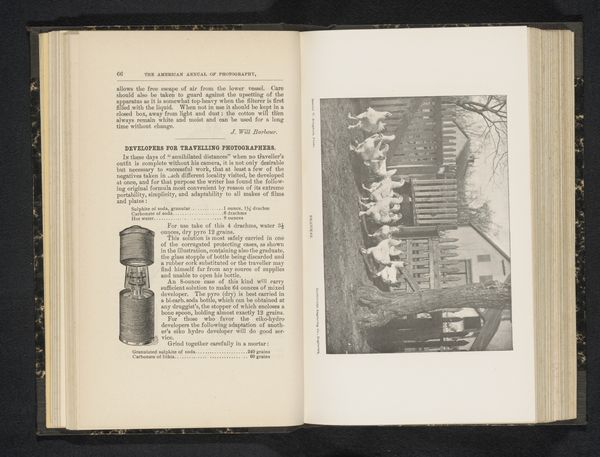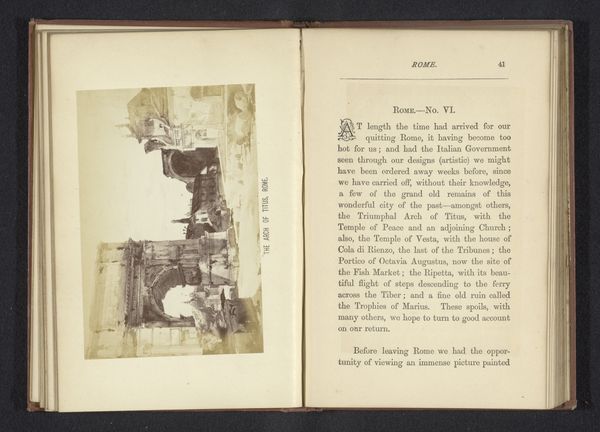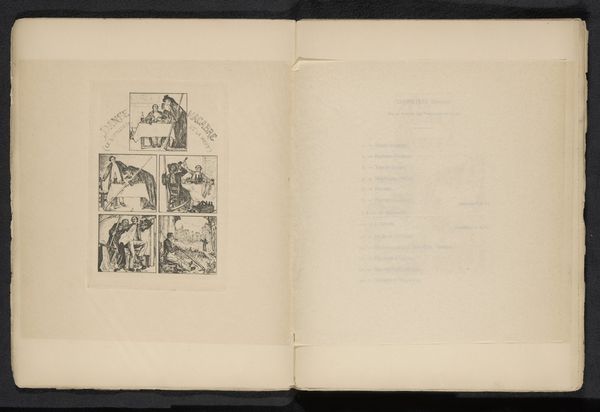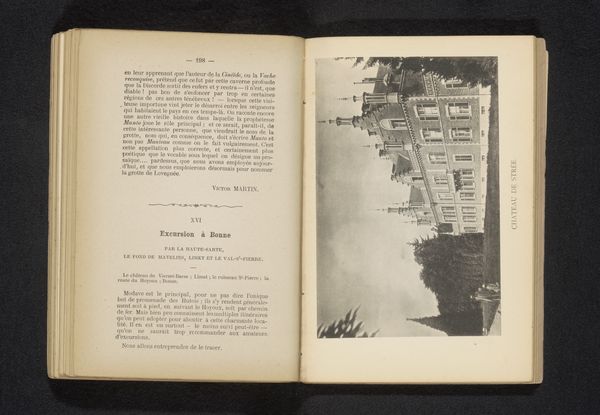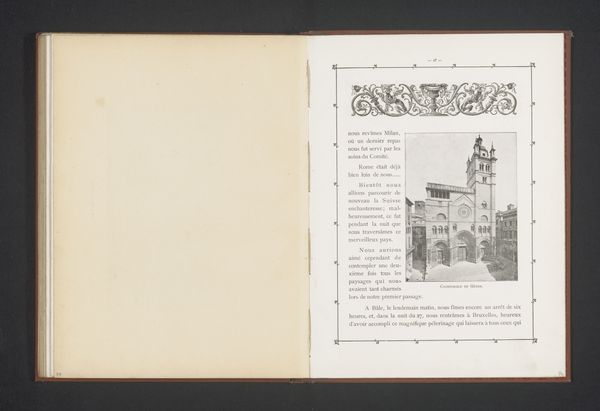
drawing, print, paper, ink
#
portrait
#
african-art
#
drawing
# print
#
landscape
#
paper
#
ink
#
folk-art
#
realism
Dimensions: height 83 mm, width 138 mm
Copyright: Rijks Museum: Open Domain
Curator: What we’re looking at is titled "Deel van een markt in Bondoukou, Ivoorkust"—part of a market in Bondoukou, Ivory Coast. It's attributed to Marcel Monnier, and dates from before 1895. Editor: The composition feels a bit unsettled, almost voyeuristic. There's a clear contrast between the foreground figures and that somewhat chaotic backdrop of what I assume is the marketplace itself. The ink drawing creates a dynamic textural play. Curator: Indeed. It’s critical to remember the colonial context in which Monnier was working. As a European observer documenting an African market scene, his gaze would inherently shape what he chose to represent and how he represented it. Consider who is centered, whose activities are given prominence. Are we seeing an accurate representation of daily life, or a filtered, perhaps exoticized, version? Editor: I’m immediately struck by how the figures are rendered with such detailed, precise lines compared to the looser handling of the architecture and the environment. This sharp focus emphasizes their individual presence but also perhaps separates them from the world they inhabit. Curator: And we must ask ourselves: What purpose did these kinds of images serve in the late 19th century? Were they intended as ethnographic documents, bolstering a sense of European understanding and control, or were they more simply reflections on humanity? What impact did these early depictions have on constructing narratives about Africa and its people? I would love to study Monnier’s archives. Editor: It’s a curious piece. I appreciate the contrast between the density of information in certain areas and the relative emptiness elsewhere. This contrast in mark-making gives the scene an overall energetic feeling. I also wonder about the paper, what type it is and how it has aged over time. Curator: These observations highlight how an artwork, even a seemingly simple sketch, opens up crucial dialogues about the historical and social forces at play. It reminds us to critically examine the narratives we inherit and to continuously question the power dynamics embedded within artistic representations. Editor: A final consideration for me is its quietness as an image. The artist uses few details to conjure a space with lots of cultural meaning, rendered only through ink and paper. There is great structural power at play.
Comments
No comments
Be the first to comment and join the conversation on the ultimate creative platform.

